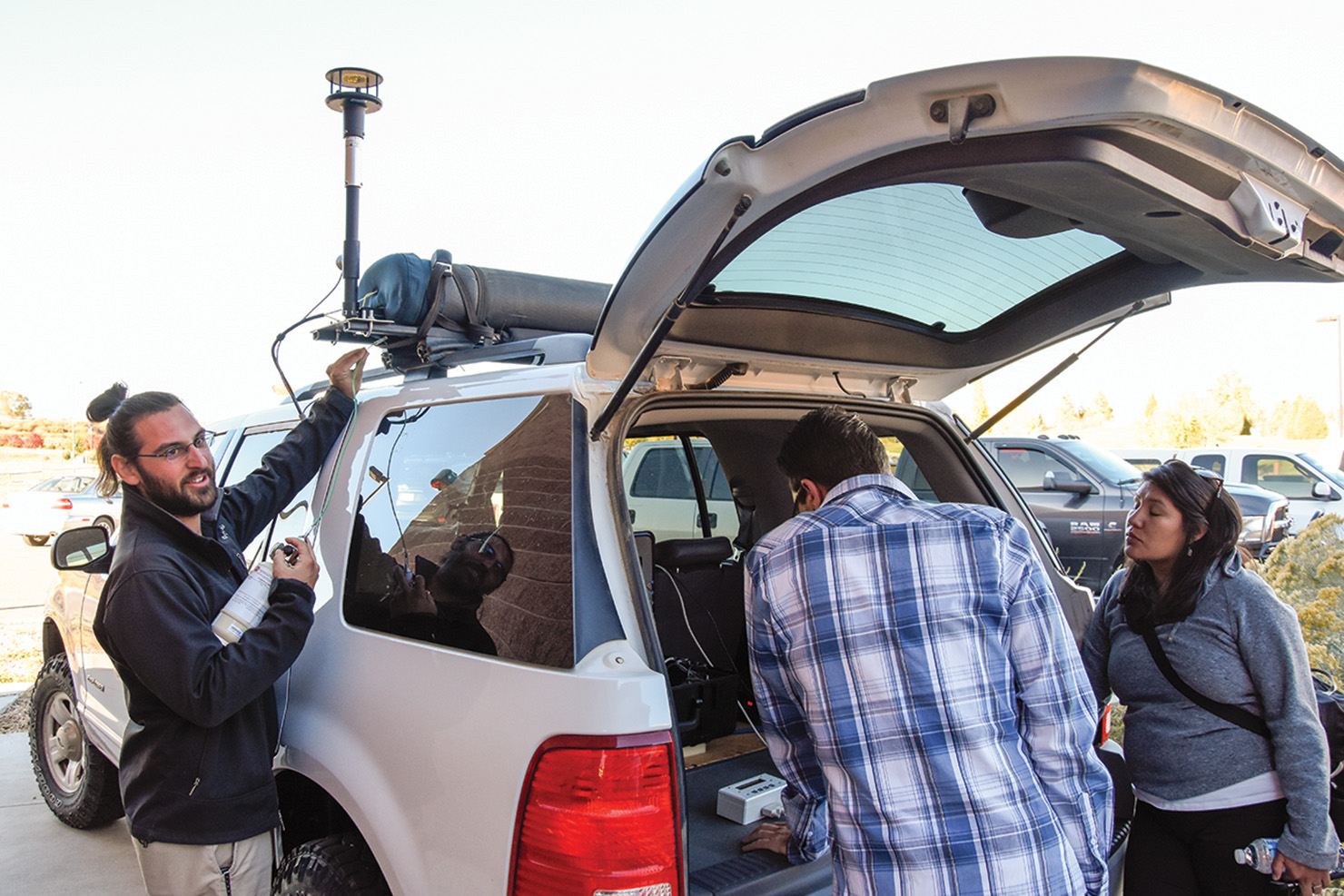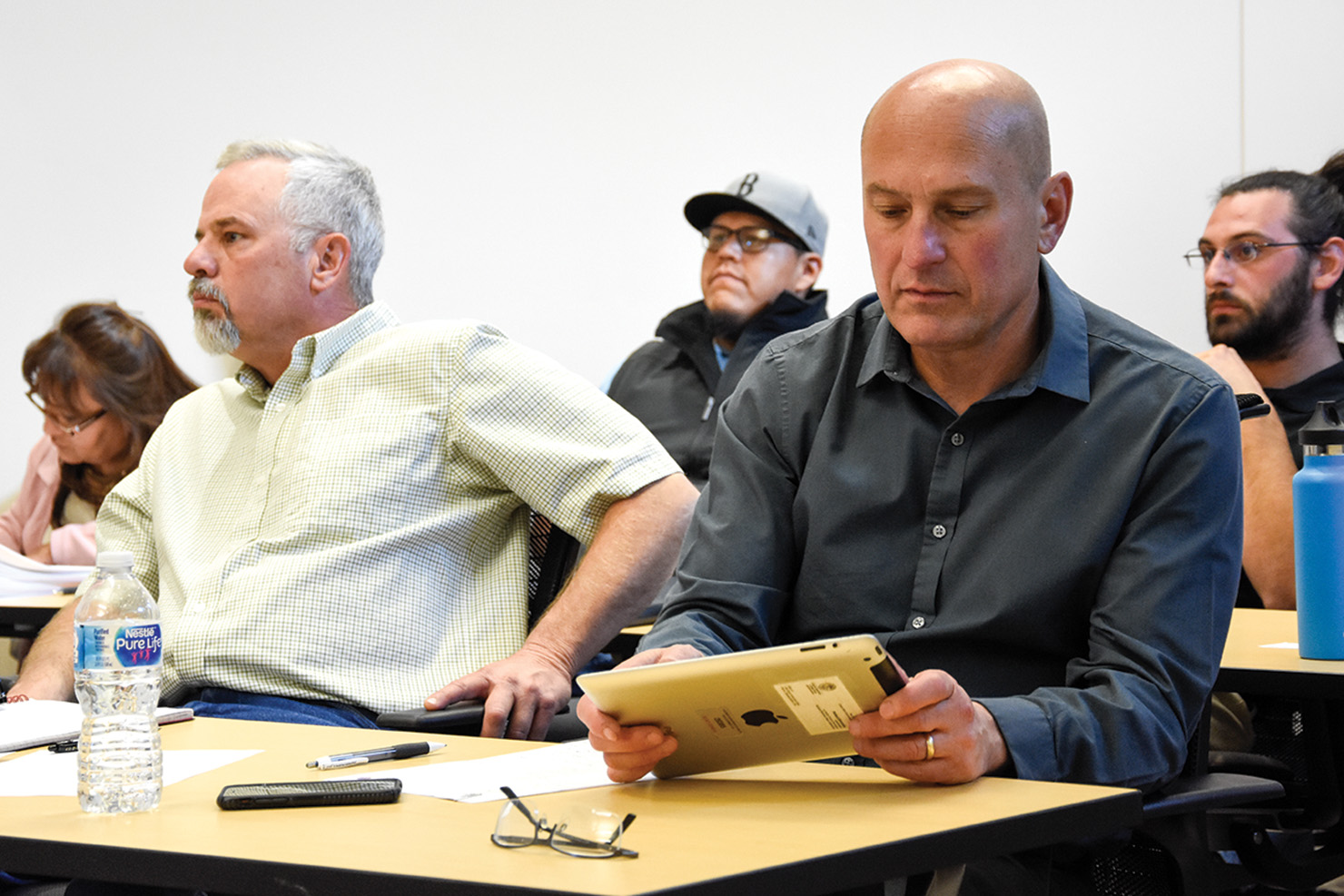Air quality was a hot topic during the Environmental Commission meeting held in Ignacio, Wednesday, Oct. 11 at the Justice and Regulatory building. The Mission of the Environmental Commission is to oversee the development and implementation of a comprehensive and effective program for the protection of air quality throughout the Southern Ute Indian Reservation. Peter Butler was voted Chairman of the Commission, where he will be starting his new position, Oct, 25, 2017.
Updates were presented from air quality monitoring sites, which now include a ‘mobile monitoring station’ parked at Lake Capote on eastern side of the Southern Ute Reservation.
“From what we have seen since we first started inspections is better compliance from sources as we continue the inspections,” Air Quality Program Compliance Specialist, David Heermance said. According to a NOAA and NASA study, roughly 70% of methane detected during the study is coming from south of the Colorado/New Mexico state line; the other 30% was detected on Southern Ute Reservation. Methane is mobile, and can travel great distances from the source. Detection of the gas does not necessarily mean the gas is from the exact point it was detected.
“Methane is their business, losing it is not what they want to do,” said Karen Spray, who is currently serving as the Environmental Commission’s Chair. Ambient methane monitoring report’s values consistent with measurements across the U.S., and according to the Commission, Colorado is far ahead of other states in regards to emission control.
In an optimistic look at the future of energy, and its applications for business and economy, Michael Silverstein, administration and technical secretary for the Colorado air quality control commission shed light on the future of electric vehicles. He explained that grant programs now exist for the establishment of infrastructure relating to electric vehicles; charging stations for example. Some automotive manufactures have committed to making solely electric vehicles in ten years time according to Silvertein. In order to make that transition a reality, the idea is to get charging stations incorporated near gas stations across every state, which would give “range” to electric vehicles, whether that be funded by the public or the private sector is still to be determined.
“The Southern Ute Indian Tribe has looked into replacing some of the company fleet with electric vehicles,” Environmental Divisions Programs; Division Head, Mark Hutson said. One concern brought forward in the meeting was whether there have been impact studies to the electrical grid, once electric cars come online en masse over the next decade. In short, power plants will most likely increase production to face regional demands, in addition to the growth in both solar and wind energy sectors.




